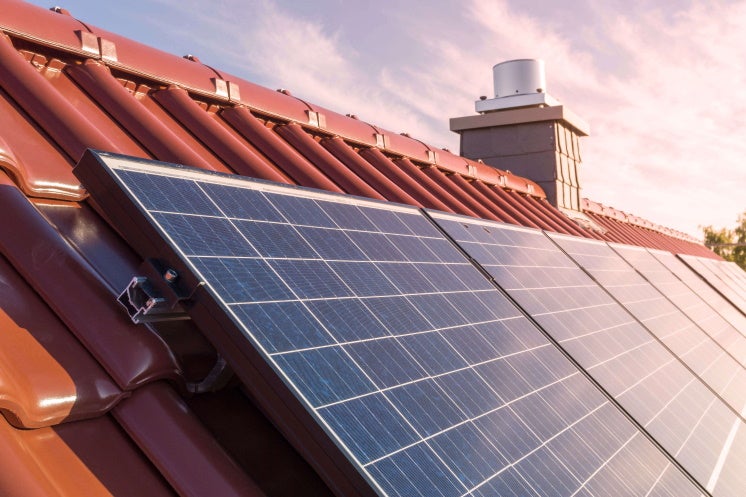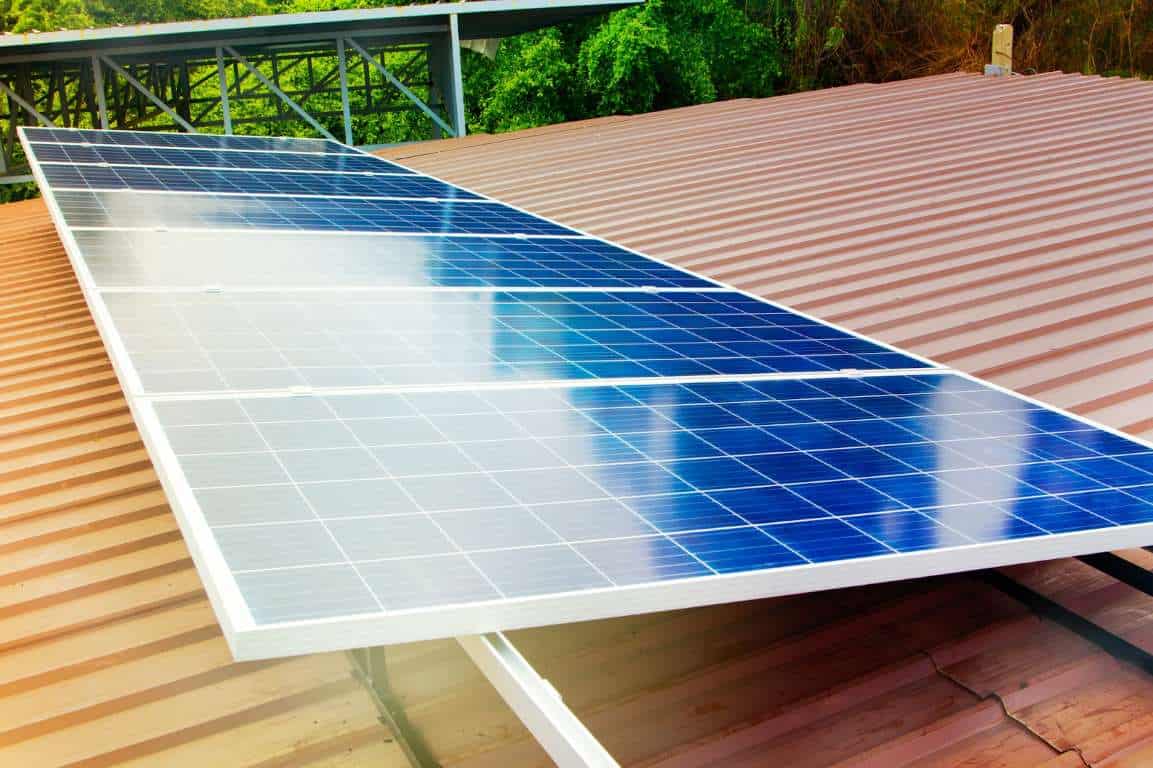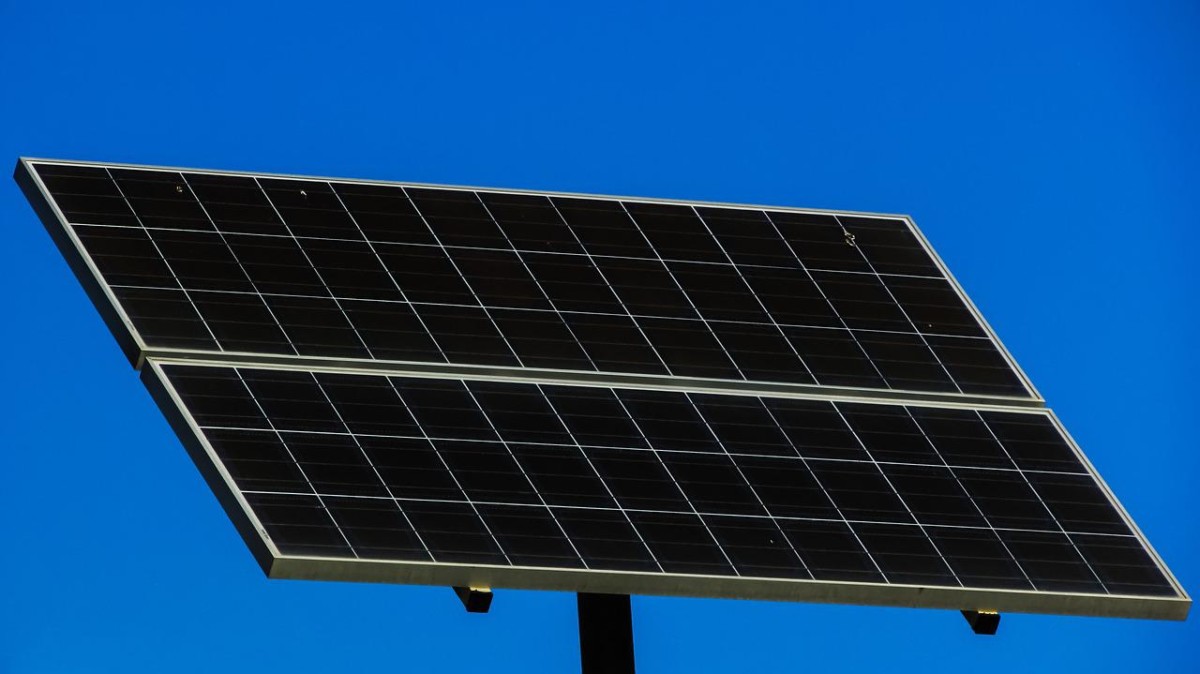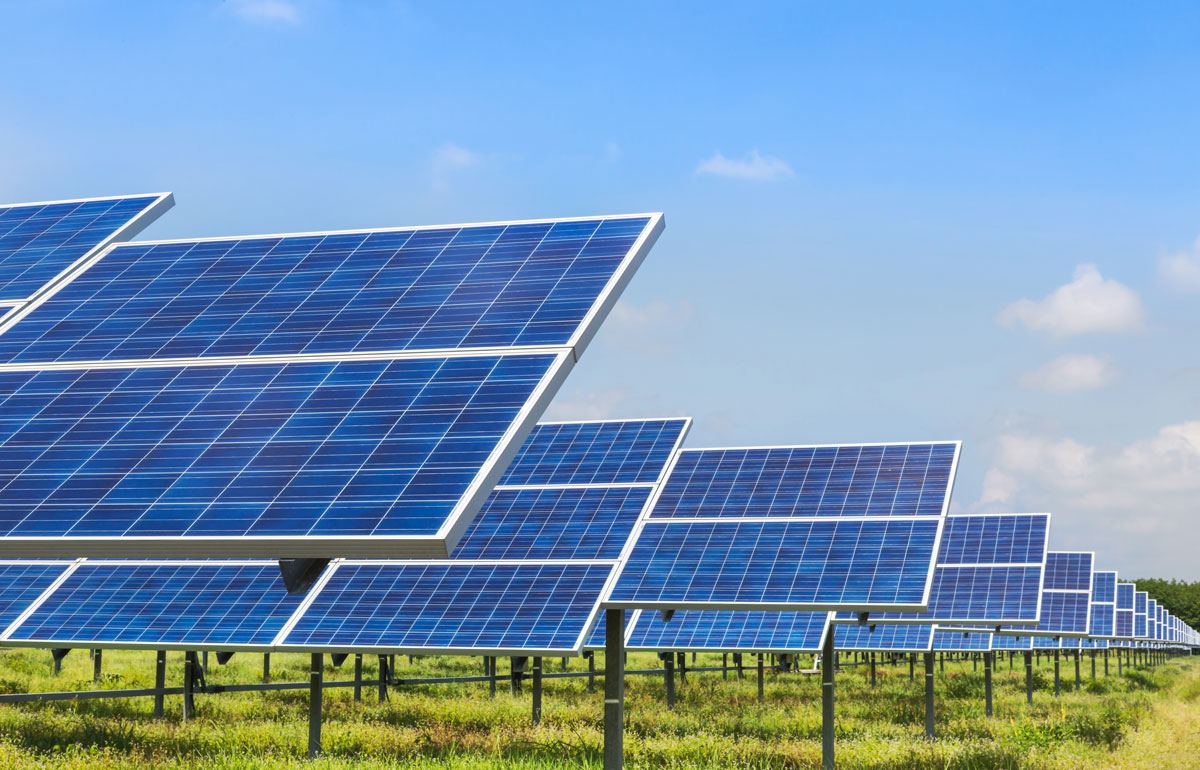Space Savings
DesignMonocrystalline solar panels are efficient, and work well if you have limited space This advantage is of particular importance when in urban environments or for homeowner 's where maximising energy output per square foot is critical.
Compact Power Solutions
Space Efficiency: Monocrystalline: Monocrystalline panels fare better in this category of space efficiency with efficiencies peaking up to 24%. Whereas less powerful alternatives would require more physical space to generate the same power. One study found that a monocrystalline solar panel array could deliver around 190 watts per square meter – greatly outperforming the popular polycrystalline panels that give users about 165 watts per square meter. When it comes to dense urban environments or even just smaller roofs this can mean the difference between viability and non-viability.
Urban Installation
They are particularly useful in cities such as New York or Tokyo, where rooftop and land space comes at an incredibly high price. For property owners, this means they can make the most out of a simplification in solar technology, generating even more power in a smaller space. For instance, a typical rooftop of a home is able to support around 20 m2 of its area to be covered with solar panels in such metros. But with monocrystalline technology, this space limited would be using this much for a big part of the whole household's energy need.
Efficiency in Limited Areas
The increased power output per square meter, however, means that monocrystalline panels are ideal for small solar systems and off-grid applications. These range from solar-powered chargers, to small-scale residential installations in morphologically distant zones. These panels are portable and occupy less area, making them effective for energy independence in sparsely populated areas; they have a benchmark in terms of their applicability across different domains

High Power Efficiency and Performance
Monocrystalline Solar Panels hold one of the most respectable positions in the solar industry in terms of power efficiency since they are made from the highest-grade, single-crystal silicon. It allows a much simpler flow of electrons, making the panels more effective at generating electricity and losing less energy.
Efficiency Metrics
Monocrystalline solar panels — Efficiency Monocrystalline solar panels have an efficiency rate of 18–24%. Significantly, this number contrasts with a 15 -17% efficiency rate in polycrystalline panels. This makes it particularly useful in applications where space is tight and you need as much energy output you can get in a small space. In urban residential installations, for instance, without a lot of rooftop space, homeowners obtain impressive energy production.
Performance in Different Conditions
Monocrystalline solar panels also perform well in extreme weather conditions due to different reasons. Research and the Field Have Shown That These Panels Are Extremely Efficient8 Production studies as well as field data show that these panels remain quite efficient even under lighting conditions that would bring many other panels to their knees, so to speak (e.g. overcast days, limited winter days). The main advantage of the solar poly panels is that they produce very consistently, which means that they are able to generate electricity most of the time throughout the year.
Real-World Applications
Monocrystalline panels operate with high efficiency and performance reliability, which is beneficial for applications that are critical. Even if we're just talking solar-powered cars, every single percent of increased efficiency adds up to greater range and usability. For this same reason, monocrystalline are typically used in space such as satellite, where reliability and efficiency is utmost important. This is confirmed by data from previous space missions which show these devices retain their effectiveness, even after extended times in extreme space conditions.
Longer Lifespan
One of the key functions that sets apart monocrystalline solar panels from a solar panel of lower quality, is their impressively long-lasting nature. Single-crystal silicon is used to make these panels, and they are more durable over time than polycrystalline or thin-film panels. This resiliency contributes a great deal to making them last longer in operation.
Durability of Materials
One of the secrets of this kind of feature lies in the type of high-purity silicon used to produce monocrystalline panels, that while allows you to have one of the most efficient one, also helps you to achieve a much longer lifespan of panels compared to polycrystalline ones. Monocrystalline: Studies show monocrystalline solar panels degrade at ~0.3–0.5% per year as compared to 0.8% or higher in other types. That implies a monocrystalline module will have lost around 88-90% of its original efficiency after 25 years.
Warranty and Brand Assurance
The confidence in their superiority held by manufacturers of monocrystalline panels is evidenced in their extended warranties which generally range from 25 to 30 years. These warranties are performance guarantees that the panels will put out a certain percentage of their rated power even after several decades of service. This type of warranty period highlights how long you can expect these panels to last and how little maintenance they need.
Encouraging Example and the Real World
Monocrystalline panel real-world applications are consistently showing that these types can last forever. For example, many solar panels put in during the first days of the 2000s are still functioning admirably, doling out significant amounts of power. Monocrystalline panels have been shown to perform well in harsh environments; such as deserts or coastal areas where the panels will be exposed to extreme sunlight and wind/sea-salt, compared to other panel types.
Affordable Installation Cost
Although monocrystalline solar panels are sometimes considered more costly because they are produced using high-quality materials and an extremely refined manufacturing process, they actually deliver value over the long term because of their high productivity and efficiency.
Payback on Initial Investment vs Long-Term Savings
Although the initial cost of purchase is relatively high compared to other types, monocrystalline solar panels are highly efficient and durable, resulting in higher energy production over a long period, which can have huge savings in energy costs. The average price of single crystal silicon solar panels has dropped by approximately 70 percent in the last 10 years and become more available to a broader audience, as solar energy markets' data shows.
Inertia through Efficiency cost Re-Duction
Monocrystalline panels are a higher performer, so you need less panels to do the job of other types. Not only does this decrease the quantity of panels needed which saves on the panels themselves, but also has an effect on install costs as a whole, labor, mounting hardware, and time.
Cost-Efficiency
Enter a residential solar installation for which efficiency is going to be key (due to roof space constraints, and so on). Although homeowner can pay more money upfront by using monocrystalline panels, he will need to use less panels to achieve the same power output but he will be spending less than to equal polycrystalline panels by making use of monocrystalline panels. These costs are almost neutralized by the reduced number of additional panels and lower installation after a little time. The best performing systems have the potential to halve that breakeven point, with a study of household solar installations showing that homes with monocrystalline panels deliver breakeven 3 years earlier that with less effective ones, due to lower energy costs and no ongoing maintenance.

Higher Heat Resistance
One of the main things for which monocrystalline panels are highly in demand is because they accomplish high temperatures and perform better as compared to the polycrystalline solar panels. It is an essential property especially, in geographical boundaries where the solar panels are subject to high intensities of sunlight that results in the soaring temperatures of the surface of the solar panels.
Enhanced Thermal Performance
High-purity silicon: The high-purity silicon used in monocrystalline systems greatly aids in their thermal performance. If you live in a warm climate and are worried about performance loss from your panels due to heat (generally polycrystalline panels are more susceptible to this) then a monocrystalline panel can be a good choice. That is because they have uniformed crystalline structures that make it easier for electrons to travel at high temperatures. In fact, research also shows that the temperature coefficient of monocrystalline panels is close to -0.3% per degree compared to -0.4% commonly seen in other types, even down till -0.5% for a few.
Practical Applications with Hot Climate
Practically speaking, the higher heat tolerance of monocrystalline solar panels makes them excellent for use in hot climates, like deserts or in the tropics. In places like Arizona or the Sahara Desert where the temperature can often exceed 40°C (104°F) monocrystalline panels will still be working closer to their best performance than other solar technologies could experience a significant drop in performance.
Thermal Resistance Studies in The Field
What the field data to date does confirm is the better heat tolerance of monocrystalline panels. A study on an industrial scale in Nevada also found high efficiency among monocrystalline solar panels, even during the summer months where temperatures reach higher than 35 C ((95 F) on average. However, that figure contrasts sharply with earlier panels that dropped up to 10 percent in efficiency under similar conditions.
More Power
Monocrystalline Solar Panels Monocrystalline solar panels produce higher power output than other types of solar panels. Monocrystalline silicon — This is known for its dark appearance (typicaly black or gray), which means it can generally be seen producing more power than a single black polycrystalline or thin-film solar panel of comparable size. ¹ This feature is mainly a result of monocrystalline silicon's high-efficiency rate, which lets these panels turn more sunlight into electricity.
Fuel Efficiency Rates and Power Generated
As we discussed, Monocrystalline solar panels have one of the highest efficiency rates at around 18% – 24% for commercially available solar panels. This higher efficiency rate offers monocrystalline solar panels the capability to produce more electrical power for a given space than polycrystalline or thin-film solar panels, which usually have effectiveness between 15% and 18%.
Real-World Energy Production
These efficiency rates have massive and material practicality effects. An example, a standard monocrystalline solar panel with 20% efficiency and 5 peak sun hours will produce one hundred 200 watt hours per square foot in a day. This is a substantial added value compared to what would a polycrystal or thin-film panel produce under the same conditions.
Comparative Studies
It has been proven by numerous studies that monocrystalline panels are producing more power per square meter than other types of solar panels. For example, a prominent study done on the residential solar installations in California shows that homes with monocrystalline panels produced more net electricity, even on less roof areas, than homes with other panel types.



